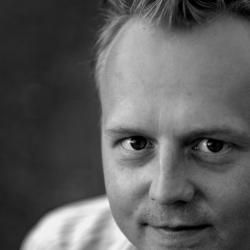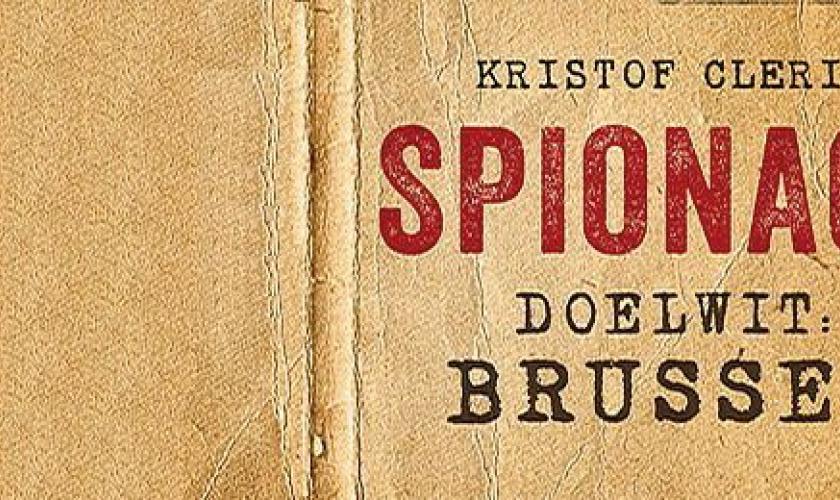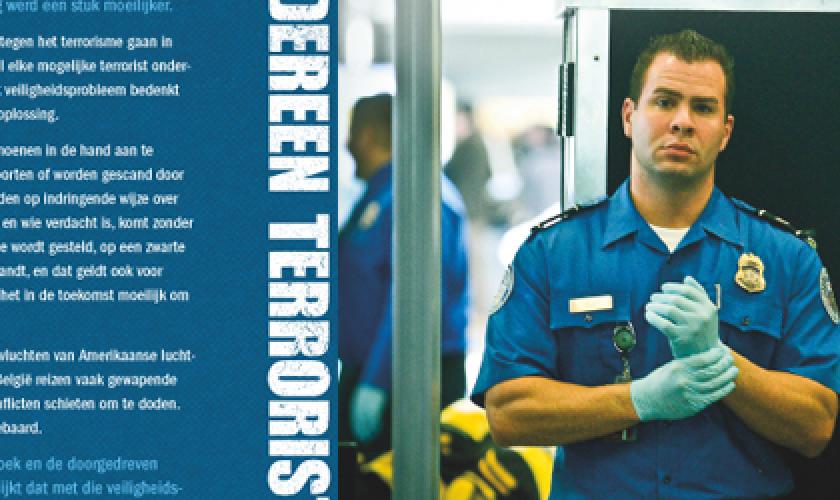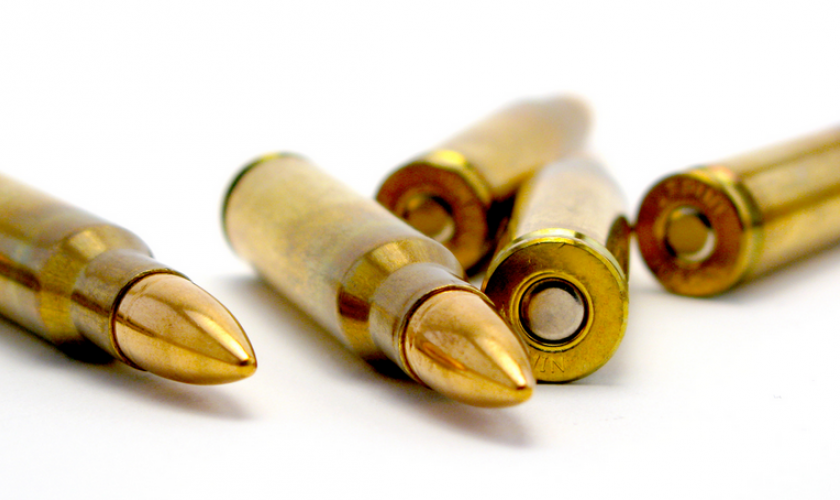Investigative journalist Kristof Clerix (MO*) examined the espionage files of Prague, Berlin, Bucharest, Budapest, Sofia and Warsaw looking for the best Brussels 007 stories from the 70s and 80s. Exceptionally, Belgian State Security and Military Intelligence Service put some authentic material at Clerix’ disposal. Clerix’ new book Spionage. Doelwit Brussel (‘Espionage. Target Brussels’) is a collection of nine true stories and also includes authentic archive documents and photos.
Ever since the Cold War, Brussels has been a checkerboard of spies and secret agents. Intelligence officers and agents from all over the world walk the streets of the European capital. They have their sights set on the NATO and the EU institutions and are looking for military, political and economical intelligence. Clerix spoke with dozens of foreign and Belgian spies. The investigation is a rare peek into the obscure, hidden house of mirrors that was the secret service underworld of KGB, Securitate and the like.
Clerix’ new book Spionage. Doelwit Brussel (‘Espionage. Target Brussels’) is a collection of nine true stories and also includes authentic archive documents and photos. It uncovers how secret agents in the heart of Europe pick targets, pressurise contacts and recruit informants. It also exposes the operational techniques of intelligence services.
Some story elements:
- the Polish secret service had its sights set on the College of Europe in Bruges;
- the East German Stasi paid a singular visit to Averbode abbey in the middle of the 80s;
- the Soviet KGB worked with dead drops in the Brussels Periphery and set up a network for economic espionage;
- a Stasi intelligence officer used ten fake aliases and tried to recruit a Belgian student;
- the fancy Sint-Anna Castle in Oudergem was the backdrop of Stasi intelligence operations;
- Eastern Bloc spies were in contact with people from the Belgian peace movement;
- two Belgian politicians received money from the Czechoslovak secret service;
- an important person from the European movement was targeted by Hungarian spies;
- the Military Intelligence Service ran a super-secret spooks department to check if their own colleagues did not maintain improper contacts;
- and apparently also the Port of Antwerp was a true spies’ nest.
No one can say for sure how many spies were active in Brussels during the Cold War. But documents in the archives of six former Warsaw Pact countries’ intelligence services give an idea of the scale of the espionage that went on. In the 80s the Stasi office in Brussels passed on information to Berlin from 59 different sources. In that same period 75 different Stasi officers spent the night in Belgian hotels. Together, that makes at least 134 East German spies and informants.
Then, the Soviet Union.
Belgian State Security – the AIVD – estimates that in the first half of the 80s between 40 and 45 Soviet intelligence officers were active in Belgium. Of course, not all Eastern Bloc countries sent that many spies to Brussels. For example, only seven secret agents were working under diplomatic cover at the Czechoslovak embassy at the end of the 80s. Still, it is beyond dispute that the secret service underworld was densely populated. Hundreds of spies went to Brussels during the Cold War. The EEC had already been interesting for foreign spies since the end of the 60s.
The main target, however, was of course the NATO. Especially the Stasi were able to penetrate the NATO headquarters in Brussels for years. Their agent Rainer Rupp worked for the NATO from 1977 until 1993 and passed on more than a thousand classified NATO documents to East Berlin. In addition to military and political intelligence operations, economic espionage was on the rise as well during the Cold War.
In the 80s the B4 brigade of the Belgian State Security was in charge of counterintelligence. It comprised about a hundred intelligence officers. The SDRA III department of the Belgian Military Intelligence Service ADIV – responsible for counterintelligence as well – employed about 80 people. Not too bad, but not a huge number either, considering Brussels’ important international role. Cooperation with allies – meaning the exchange of information by coded telex and via notes – was highly necessary.
The Belgian intelligence services achieved some successes in their counterintelligence operations during the Cold War. In the quarter century after the NATO’s moving about 90 Eastern Bloc spies were forced to leave Belgium, most of whom were Soviets. They had been deemed personae non gratae or had decided themselves to flee after their clandestine activities had been discovered. Sending back spies only happened if they had really gone too far.
Today, Brussels is the diplomatic capital of the world. With 288 diplomatic delegations, Brussels’ diplomatic scene dwarfs Washington’s (188) and Geneva’s (172). 75 international organisations have signed Headquarters Agreements in Belgium. Furthermore, the European Union has expanded through the years and has become active in the fields of foreign and military policy as well. If you add the hundreds of NGOs, lobby organisations, law firms, media and corporate umbrella organisations that have their headquarters in Brussels, you understand that information density is higher in Brussels than anywhere else in the world.
No surprise then that intelligence services from all continents are interested in Brussels more than ever. The traditional espionage covers – diplomacy, journalism, lobbying – are ubiquitous. The freedom of movement in the Schengen Zone, too, makes it easier for spies to operate than in the days of the Cold War. According to Alain Winants, Administrator-General of Belgian State Security, there are about 150 Russian diplomats in Brussels in the year 2013, and “no less than thirty percent” of them is an intelligence officer. That is more than during the Cold War.
Read the full article on www.targetbrussels.be.
--
Kristof Clerix is a journalist for MO* Magazine and has been following the hidden world of secret services, infiltration and state secrets closely for ten years. His debut Vrij Spel. Buitenlandse geheime diensten in België (‘Little to Fear. Foreign Secret Services in Belgium’) was published in 2006. Clerix won the European Young Journalist Award and the VVOJ Encouragement Award.
Clerix’ investigation was possible thanks to support from the Pascal Decroos Fund for Investigative Journalism, the Fonds Bijzondere Journalistieke Projecten and the Fonds pour le Journalisme.
BOEK
Title: Spionage. Doelwit: Brussel
Author: Kristof Clerix
Publisher: Manteau
ISBN: 9789022327715
Pages: 288
Issue: paperback
Publication: 20 september 2013




